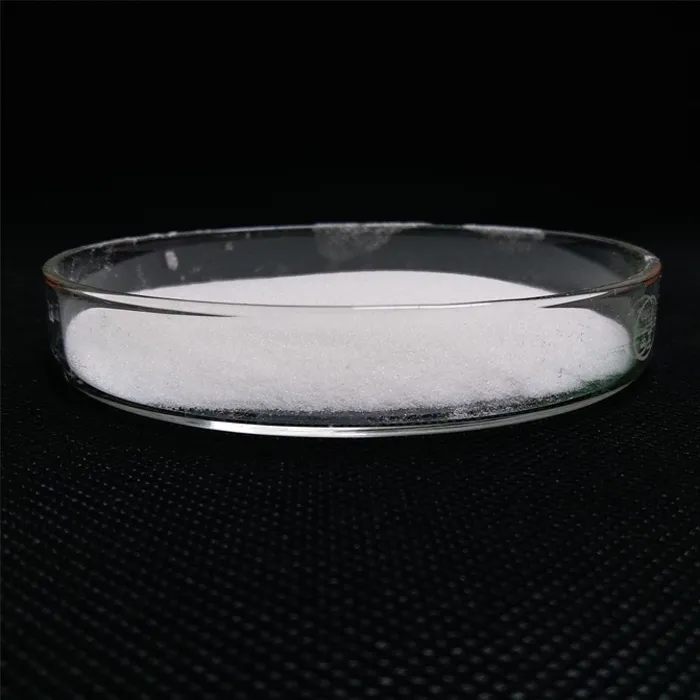Polyacrylic amide, commonly abbreviated as PAM, is a water-soluble polymer derived from acrylamide monomers. This versatile polymer is widely used across different industries due to its unique properties, making it an important material in various applications, ranging from agriculture to wastewater treatment.
The synthesis of polyacrylic amide involves the polymerization of acrylamide, which can be initiated through various methods, including free radical polymerization. The resulting polymer chain contains amide groups that contribute to its solubility in water, allowing it to function effectively in aqueous environments. PAM can be produced in several forms, including anionic, cationic, and non-ionic variants, each tailored for specific applications.
.
In wastewater treatment, PAM plays a crucial role in enhancing the efficiency of the sedimentation process. It acts as a flocculant, helping to agglomerate suspended particles in water, which aids in their removal during the treatment process. By improving the settling of solids, PAM facilitates the separation of contaminants from wastewater, leading to cleaner water that can be safely released into the environment or reused. This not only helps in maintaining ecological balance but also supports industries in meeting regulatory standards for wastewater discharge.
poly acrylic amide

Moreover, polyacrylic amide finds applications in the mining and mineral processing industries. It is used as a dispersant and flocculant in the extraction of minerals from ores, enhancing recovery rates and optimizing the overall efficiency of the operation. PAM’s capability to stabilize slurries and assist in particle size control is pivotal in ensuring a profitable mining process.
Other notable applications of PAM include its use in cosmetics and personal care products, where it serves as a thickening agent. It helps improve the texture and consistency of creams and lotions, enhancing their application on the skin. Additionally, PAM has been explored in biomedical fields, particularly in drug delivery systems and tissue engineering, due to its biocompatibility and ability to form hydrogels.
Despite its numerous benefits, it is essential to handle polyacrylic amide with care, as acrylamide is classified as a potential carcinogen when ingested or absorbed in significant quantities. Therefore, ongoing research focuses on minimizing risks associated with its use while maximizing its advantageous properties in various applications.
In conclusion, polyacrylic amide is a multi-faceted polymer that significantly impacts agriculture, wastewater treatment, mining, and cosmetics. Its ability to enhance water retention, facilitate sedimentation, and improve product texture makes it an indispensable tool in numerous industries, promoting sustainable practices and improving product efficacy. As research continues to unveil new applications, PAM's versatility is likely to expand even further in the future.

